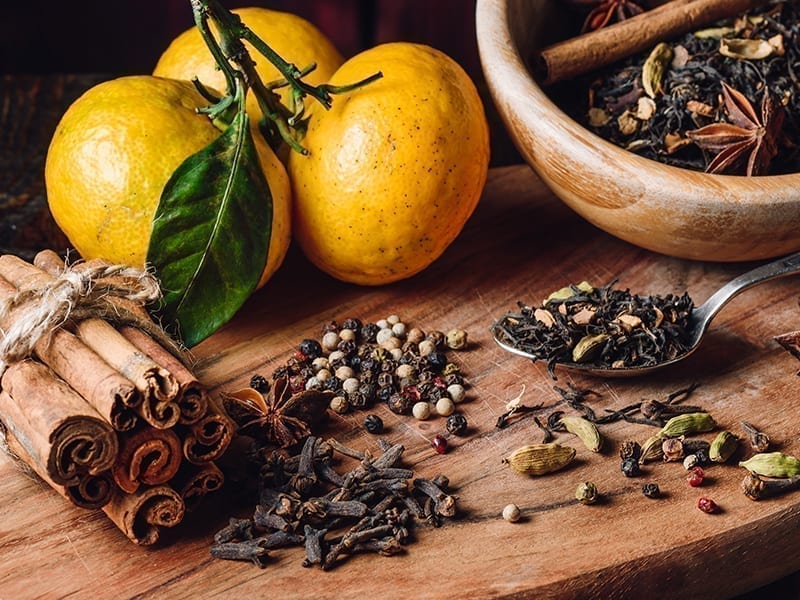For many of us, foods like kale, broccoli, berries, Greek yoghurt and olive oil have become part of our diet. But, let’s face it, these superfoods popularised by the West are expensive and not as easily available. So, isn’t it great that 2020 is the year of Indian superfoods that are probably already in your kitchen? All nanis, dadis and mummies have been endorsing these nutrient-dense ingredients for a long time.
5 Indian Superfoods To Add To Your Diet
We’re going to teach you more than one way to add 5 Indian superfoods to your diet.
1. Haldi (Turmeric)
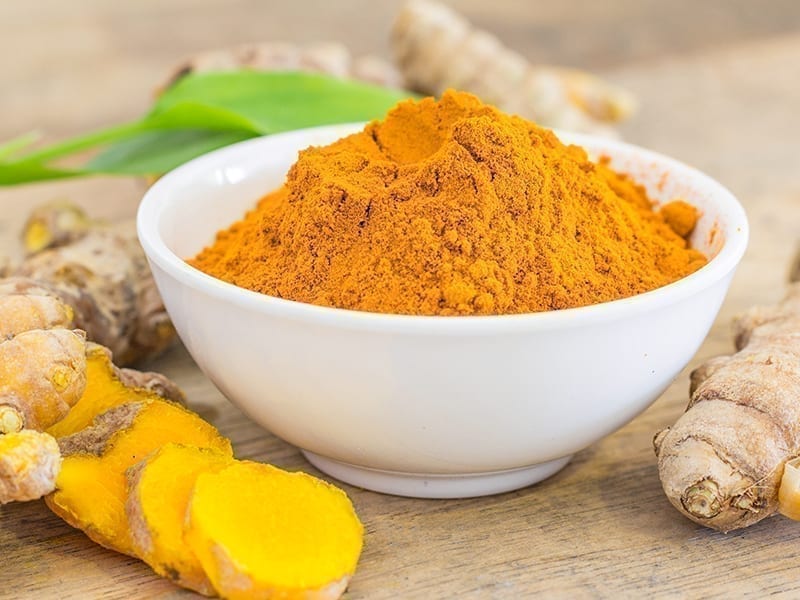
Drinking haldi wala doodh to manage cold and fever have been a part of every Indian’s childhood. And now it’s gone global with Turmeric Lattes! In India, haldi is used not only in food, but also as a topical applicant to heal cuts and wounds because of its antiseptic and antibacterial properties.
Haldi contains vitamin B6, riboflavin, vitamin C, and minerals like calcium, iron, potassium, manganese, copper, zinc, and magnesium. It supports better memory, focus and cognition and fights degenerative processes in the brain. Haldi also enhances the metabolic system, aids in liver problems and lowers the risk of heart disease.
How To Add It To Your Diet:
- Put some powdered haldi in warm milk
- Add a pinch to your tea
- Make karela (bitter gourd) smoothie with haldi
- Try a pineapple-haldi smoothie
2. Amla (Gooseberry)
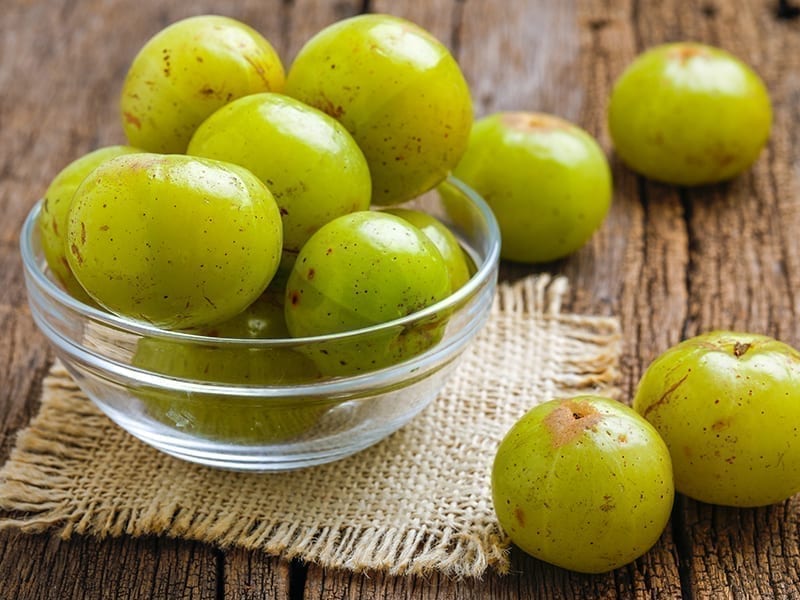
Globally known as the Indian gooseberry, amla has been a part of Indian cooking since ancient times. Amle ka murabba and the childhood favourite amla candy are unmatchable. Street-sellers with their basket of amla chaat treats is still a delightful sight for many.
Amla is high in antioxidants and strengthens immunity. Full of vitamins, it helps you get lustrous hair and great skin. It is known for its anti-ageing properties. Amla has minerals like calcium, copper, magnesium, phosphorus, potassium, zinc and iron. It is also rich in carotene, B vitamins (B1, B2, B3, B5, B6, Folate), vitamin C and vitamin E.
How To Add It To Your Diet:
- Eat 2 amlas a day and stay fit
- Make Amlapittari vati to combat hyperacidity
- Drink amla and honey juice
3. Coconut
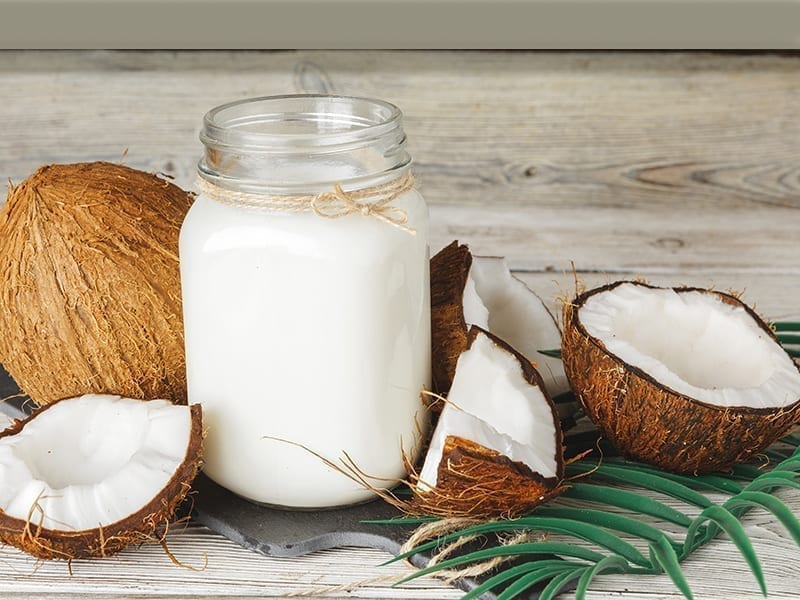
Indians have been using this superfood for as long as anyone can remember. It’s used for its water, milk, oil, and tasty meat. Most dishes from the southern parts of India aren’t complete without fresh coconut shavings. Coconut oil is not only a great hair care product but a vital ingredient in cooking across India.
Coconut is rich in manganese, which is essential for bone health. It aids the metabolism of carbohydrates, proteins, and cholesterol. Eating coconut can help improve cholesterol levels and helps decrease belly fat, which is a risk factor for heart disease. Coconut is low in carbs and rich in amino acids, healthy fats, and fibre, which helps control blood sugar.
How To Add It To Your Diet:
- Cook with coconut oil instead of your regular one
- Indian breakfasts like poha and upma taste better with coconut shavings
- Make Indian desserts like coconut ladoo, halwa, barfi and payasam
- Drink coconut water to regulate your body temperature
4. Ghee
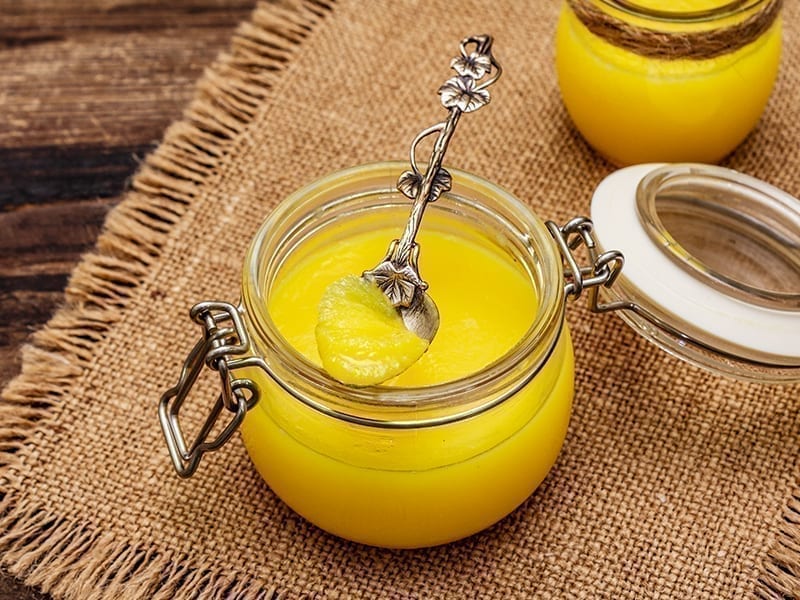
A dollop of homemade fresh ghee on maa ke haath ka dal chawal is heavenly. From food to skin and hair care, ghee is used for various reasons.
Ghee reduces your exposure to cancer-causing agents and has anti-inflammatory and healing properties. Ghee contains plentiful amounts of fat-soluble vitamins A, D, E and K. These nutrients are essential to a wide range of body functions from the brain to the immune system. Consumption of ghee has been proven to add moisture to the skin. It also brings a glow to the face. Just not skin care, but ghee for hair helps in nourishment of scalp, promoting hair growth and maintaining overall hair health.
How To Add It To Your Diet:
- Pour a tablespoon of ghee in your meals every day
- Add some ghee to your haldi wala hot milk to combat inflammation
- Substitute your cooking oil with ghee
5. Adrak (Ginger)
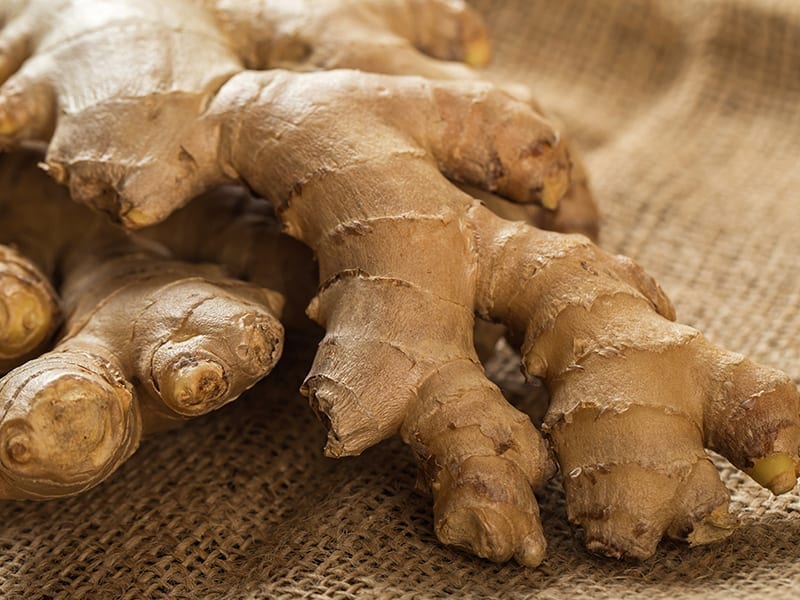
Ginger or adrak is a staple in many kitchens. Whether you have a headache, a cold, or simply want to add some punch to your food, ginger is a go-to spice that makes its way into many chutneys, pickles and curry pastes in India.
Ginger contains gingerol which is a substance with powerful medicinal properties. It treats many forms of nausea, especially morning sickness along with reducing muscle pain and soreness. It is rich in vitamin B3 and B6, iron, potassium, vitamin C, magnesium, phosphorus, zinc and folate.
How To Add It To Your Diet:
- Adrakwali chai is the best way to increase your ginger intake
- Add ginger to your juice or smoothie
- Make fresh ginger lemonade
- Use fresh or dried ginger to spice your foods
Indian Superfoods That Help Boost Your Immune System
1. Kali Mirch (Black Pepper)
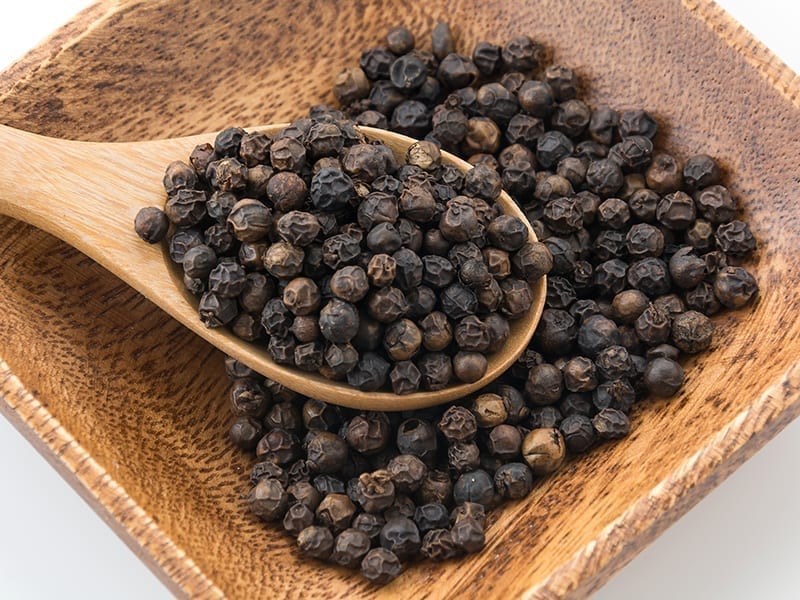
Black Pepper is rich in piperine which is high in antioxidants. And it has anti-inflammatory and antibacterial properties. Mix a pinch of kali mirch with a tablespoon of honey.
2. Tulsi (Holy Basil)
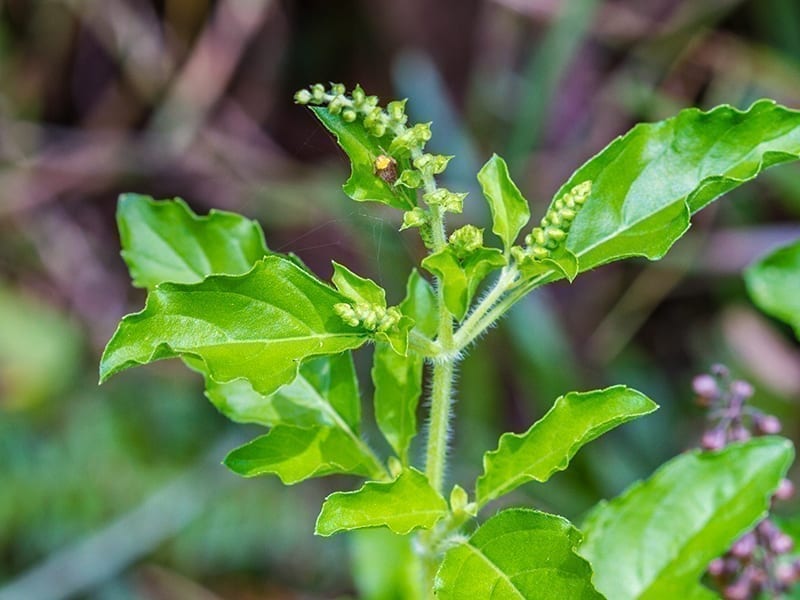
Tulsi has antibacterial properties and helps improve digestion problems as well as combat respiratory ailments. You can simply eat some tulsi leaves or add them to your tea.
3. Dalchini (Cinnamon)
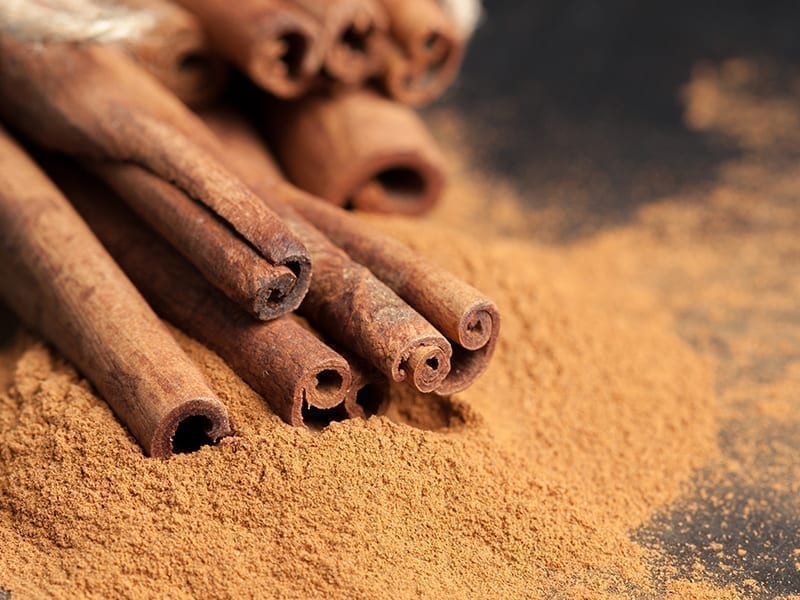
Cinnamon is loaded with antioxidants and has anti-inflammatory properties. It helps reduce the risk of infections and diseases making it a strong immunity-booster. Add some dalchini powder to your smoothie, tea or oats.
4. Jamun (Black Plum)
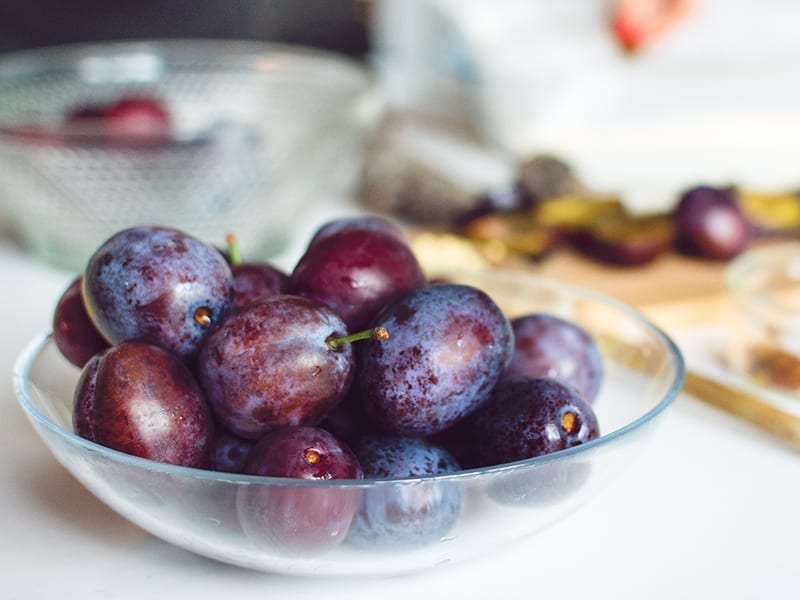
Jamun helps purify the blood and combats indigestion. It controls blood pressure and regulates blood sugar levels. Make jamun juice with honey and amla.
Nature’s supplements are available in abundance. So, why not try to boost your immunity and strength with desi superfoods while you still can. Eat local, eat seasonal, eat fresh, and you’ll see a world of difference in your skin, health, and energy.

